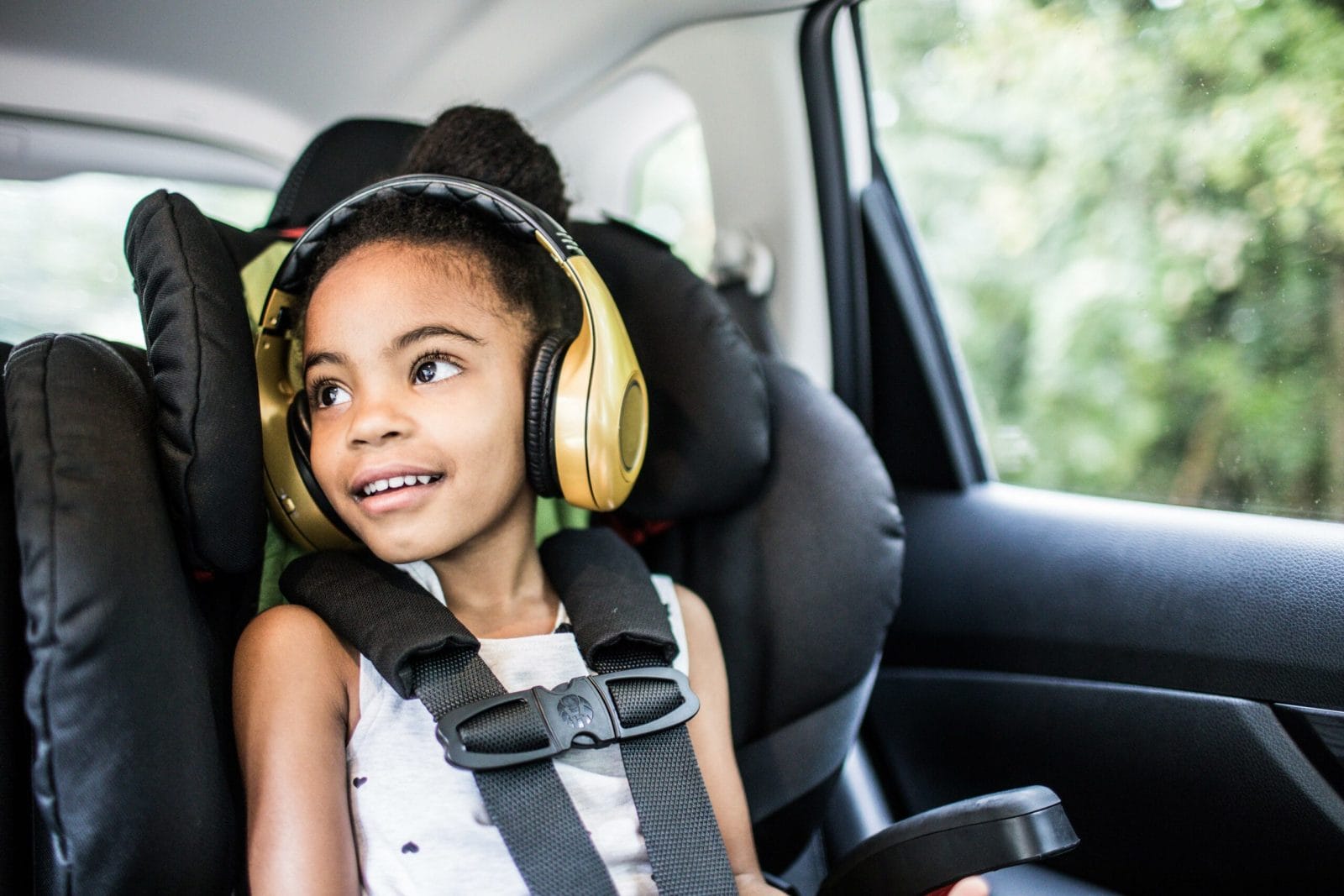Parents are skipping car seats when using Uber, Lyft

A national survey found that half of parents don't use child safety seats in ride-sharing services with their kids.
Ride-share services like Uber and Lyft have made traveling easy since they came on to the scene. With simple-to-navigate apps and clear pricing, it’s now easier than ever to travel with your family.
But what if your child needs a car seat?
A new national survey found that while most parents who use ride-share services do so with their kids, only half actually make sure their young children travel in the appropriate car or booster seats.
“Our results are concerning, as ride-share services are increasingly popular. Car accidents remain the leading cause of death for children under 10 years old and traveling without the recommended child restraint system increases the risk for serious injury or death in a crash,” said senior author Michelle Macy, MD, pediatric emergency medicine physician at Ann & Robert H. Lurie Children’s Hospital of Chicago and Associate Professor of Pediatrics at Northwestern University Feinberg School of Medicine.
“Importantly, our findings suggest that even parents who usually use child car seats face barriers to doing so in ride-share vehicles. Or, parents may view traveling in ride-share services as different, in terms of risk and legal requirements, than traveling in their family vehicle.”
What do parents need to know to keep their kids safe?
In most states, children under eight years old are legally required to use a car seat or booster seat when ride-sharing. If you rely on Uber or Lyft to get around town, you should familiarize yourself with your state laws.
Can you book a ride-share with a car seat? Yes and no. Both Uber and Lyft have car seat booking options—but they’re currently only available in New York City.
Unless you’re in the Big Apple, it’s up to you to bring an appropriate car seat for your kiddo.
Here’s an important thing to remember, too: ride-share drivers can decline your ride if they’re uncomfortable driving an unrestrained child.
The study, which was published in American Pediatrics, found that families were less likely to use appropriate booster seats for older children between the ages of 3-8. That makes sense: it’s pretty clear that babies always need a car seat. As toddlers get older and grow out of those rear-facing seats, parents might be unsure of when to use a booster seat.
The American Academy of Pediatrics (AAP) recommends rear-facing car safety seats as long as possible and forward-facing car safety seats from the time they outgrow rear-facing seats through at least 4 years of age for most children. Belt-positioning booster seats are recommended from the time they outgrow forward-facing seats until they are tall enough to fit in an adult seat belt, around 4 feet 9 inches and between 8 and 12 years of age for most children, and then lap and shoulder seat belts after booster seats.
Here’s even more guidance: if your child still fits in a five-point harness, let them stay. You should upgrade to a booster seat only if your child is at least 40 pounds, at least four years old, and can sit properly for an entire car ride.
Go ahead and book your next ride-share, mama! Just make sure you have an appropriate car or booster seat for your kiddo so you can both enjoy a stress-free ride.





































